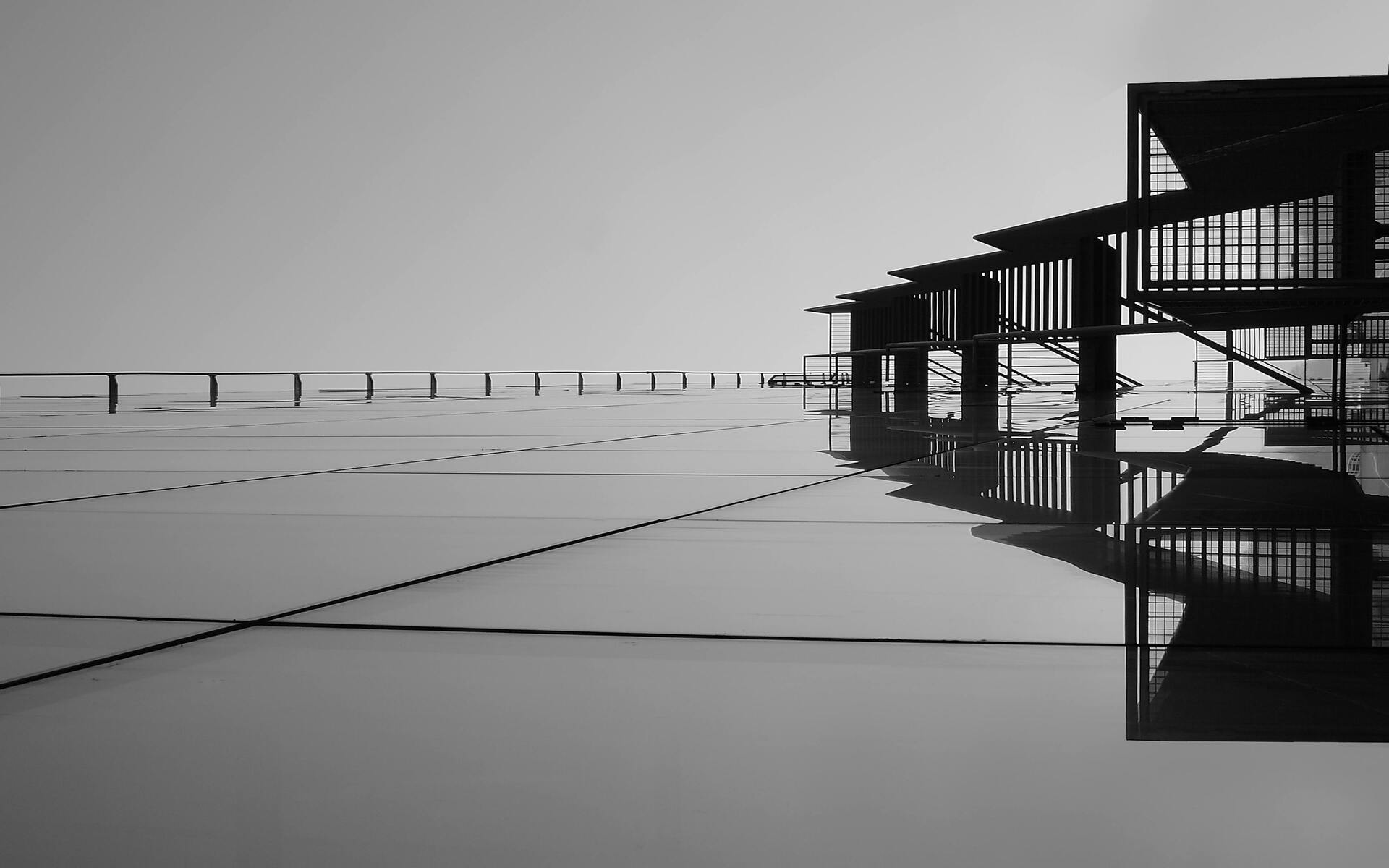
FAQ About Architectural Photography
Architectural Photography
2 years ago | gizem
What are some post-processing techniques for enhancing architectural photos?
Post-processing is an essential step in enhancing architectural photos to achieve the desired look and quality. Here are some post-processing techniques commonly used in architectural photography:
- Lens Corrections: Correct lens distortions, such as barrel distortion or chromatic aberration, that may have occurred during shooting. Many post-processing software, like Adobe Lightroom and Photoshop, offer automatic lens correction profiles for specific lenses.
- Crop and Straighten: Use cropping tools to adjust the composition and framing of your photograph. Straighten lines and ensure that vertical and horizontal elements are aligned correctly to maintain architectural integrity.
- Exposure Adjustments:
- HDR Blending: Merge bracketed exposures to create an HDR (High Dynamic Range) image that balances highlights and shadows.
- Tone Mapping: Adjust the tone and contrast to control the brightness and darkness levels in different parts of the image.
- Highlight and Shadow Recovery: Use exposure sliders to recover details in overexposed highlights and underexposed shadows.
- Color Correction:
- White Balance: Adjust the white balance to ensure accurate color representation. Correct color casts that may have occurred due to lighting conditions.
- Saturation and Vibrance: Enhance or reduce the saturation and vibrance of colors to make architectural details pop while maintaining a natural look.
- Sharpening and Noise Reduction: Apply selective sharpening to bring out architectural details while minimizing noise. Be cautious not to overdo sharpening, which can result in a harsh or unnatural look.
- Clarity and Dehaze: Use clarity adjustments to enhance mid-tone contrast, making textures and details more pronounced. The dehaze tool can help reduce haze or atmospheric interference in outdoor shots.
- Vignetting Correction: Correct any unwanted vignetting (darkening of the corners) that may have occurred with certain lenses. Some post-processing software offers automatic vignette correction.
- Graduated Filters and Radial Filters: Apply graduated and radial filters to selectively adjust exposure, contrast, or color temperature in specific areas of the image. This can help balance lighting within the frame.
- Perspective Correction: Use perspective correction tools to straighten vertical and horizontal lines in architectural images. Correcting converging lines can create a more pleasing and realistic result.
- Remove Distractions: Use the clone stamp or healing brush tools to remove distracting elements or imperfections in the photograph. Be careful to maintain a natural look.
- Enhance Details: Apply localized adjustments to enhance specific architectural details or textures. Techniques like dodging and burning can be used to selectively lighten or darken areas.
- Creative Filters: Experiment with creative filters and effects to add artistic flair to your architectural photos. This can include applying vintage looks, sepia tones, or selective colorization.
- Panoramic Stitching: If you've captured multiple shots of a building or scene, use panoramic stitching software to merge them into a seamless and expansive view.
- Batch Processing: If you have a series of architectural photos with similar lighting and exposure conditions, you can apply similar adjustments to multiple images simultaneously using batch processing in post-processing software.
- Save in Appropriate Formats: Save your final images in the appropriate formats for your intended use. For print, use high-resolution formats like TIFF or PSD. For web and sharing, save in formats like JPEG with appropriate compression settings.
